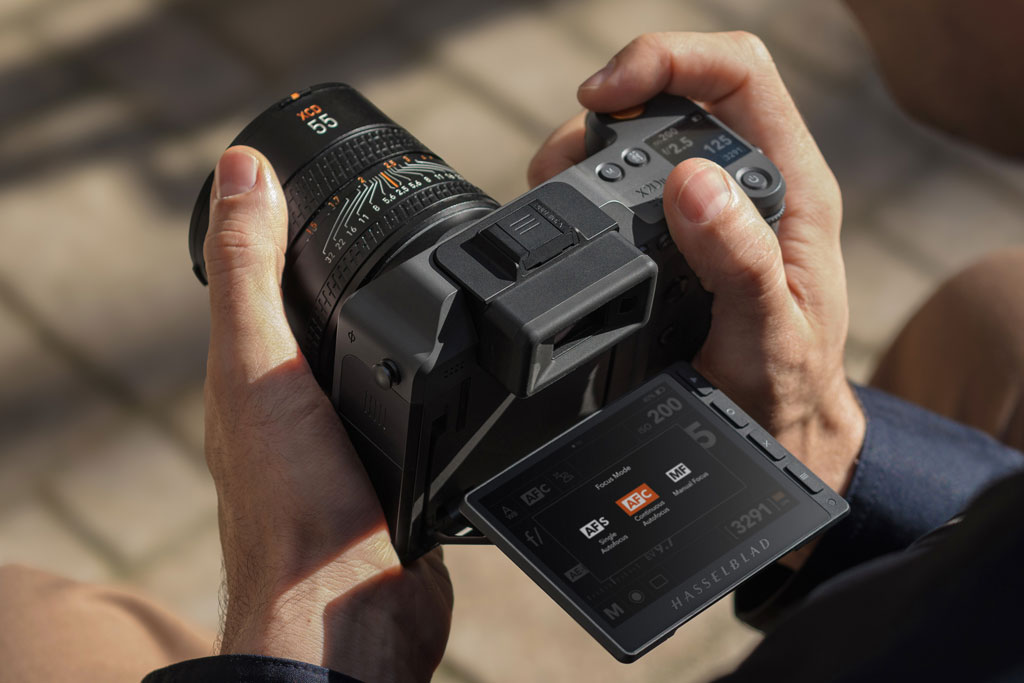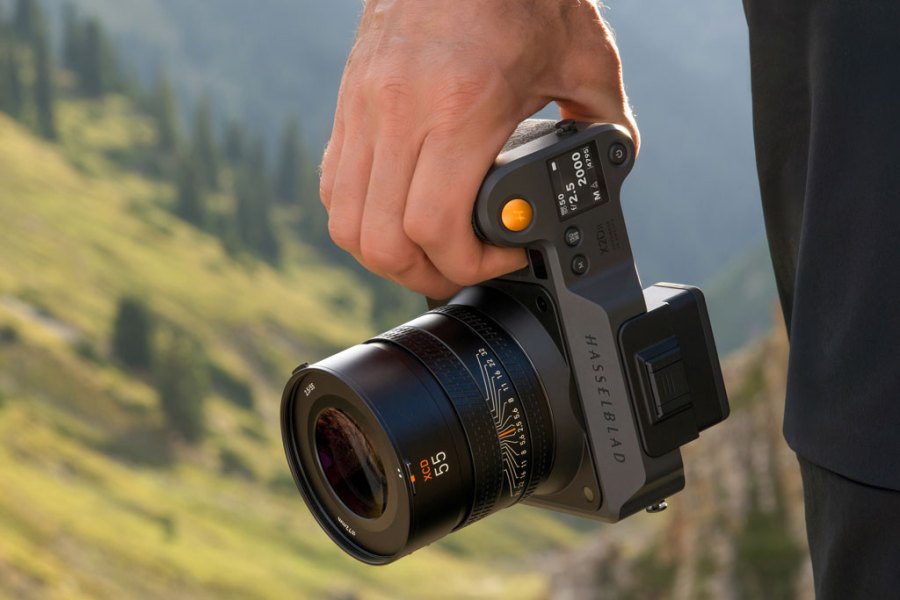It’s hard to believe that it is nine years since Hasselblad introduced its first rangefinder-styled medium format camera, in a move that transformed the company in ways no one at the time could begin to imagine. It was so successful, and the order books were so full, the Swedish company had to look for outside investment so it could expand to cope with demand – which led ultimately to drone manufacturer DJI taking control of the business. Some will say this transition took much of the soul from the brand, and with the old guard gone we’ve been left with a faceless shell of what Victor Hasselblad had built. But there’s no denying the injection of cash and technology from the Chinese giant has allowed Hasselblad’s products to move on in ways they probably couldn’t have otherwise.
Hasselblad X2D II 100C at a glance:
- $7399 / £6400 body-only
- 100MP BSI-CMOS, 43.8 x 32.9mm
- ISO 50-25,600
- 425-point AF with LiDAR assistance and continuous AF
- 3.6in tilting OLED touchscreen, 1400-nit
- 5.76m-dot EVF, 1.0x magnification
In the new Hasselblad X2D ll 100C, for example, we see some of those benefits pretty clearly, with the adoption of the LiDAR focus assistance we’ve already seen in DJI products. Stabilization is another thing DJI is very well known for, and this new camera claims to offer a massive 10-stops of it.
What’s new?
On the face of it the X2D II 100C isn’t a dramatic overhaul of the previous model, the Hasselblad X2D 100C. We still have a 100MP sensor that measures 43.8×32.9mm in a body that is much the same shape and style as before. The 5.76-million-dot electronic viewfinder is the same, and we still get no video options despite Hasselblad’s main competitor in this area, Fujifilm, offering us extensive and sophisticated movie-making features. However, there are also a lot of incremental improvements that have the potential to make a big difference.

It might seem strange to laud the inclusion of a continuous autofocusing feature in 2025, but this is actually the first time the Hasselblad X system has had one – so that is a big step forward. We get subject detection too – something that X2D users were promised as a firmware update in 2022.
As before, the camera uses contrast and phase detection for its autofocusing, but now we have the addition of LiDAR distance measuring too. Hasselblad hasn’t said in which circumstances the LiDAR system will be used, or how the three methods will work together. We have a new AF-illuminator light too, that will help in dim conditions, and the phase detection system now has 425 points instead of just 294 – but we haven’t been told how these are distributed across the frame or what area they cover.
Another significant improvement should come in the form of an in-body image stabilisation system that promises 10 stops shake reduction beyond the shutter speed that would usually be safe for the focal length of the lens in use. The previous camera had a 7-stop IS system, and Fujifilm cameras can manage 8 stops, so this is quite a development. In theory this means we can use a 500mm lens at 2 seconds with no camera shake visible in the images, or a 50mm lens at 16 seconds – testing it will be interesting!
End-to-end HDR Colour
Hasselblad has been proud of its Hasselblad Natural Colour Solution (HNCS) for some time, but now we have what the company is calling end-to-end HDR colour. The camera is now capable of recording images in the HEIF format as well as JPEG and Hasselblad’s 3FR raw format. Each format is able to record in HDR, and the wider HDR DCI-P3 colour gamut will be visible on the new 1400nit rear screen.

We are told we’ll get an extra three stops of dynamic range with these HDR formats for JPEG and HEIF files, and a possible extra four stops when shooting in raw. The company’s free Phocus software is needed to view and edit HDR HEIF files, while Photoshop and Lightroom can cope with HDR raw and JPEG files. For HDR on the Phocus Mobile app, you’ll need an iPhone or iPad running iOS 18 or later.
Revised controls
We have a few new control points on the body, including a ‘5D’ joystick for AF point control and menu navigation, as well as an additional custom button on the rear of the body. The front finger wheel, below the shutter button, is now also a custom button, as it can be pressed in to activate a function of your choice. Including the function button on many XCD lenses, Hasselblad X2D II 100C users will have 8 buttons they can tailor to their own preferences.
Pricing
At $7399 / £6400 body-only, the X2D II 100C is a remarkable $800 / £969 less than the list price of the original X2D when it came out in 2022 – and indeed its current price. This also places the price of the Hasselblad X2D II between the Fujifilm GFX100 II and GFX100S II bodies, which is a bit of an interesting shift in the market.
Look out for our full test of the Hasselblad X2D ll 100C, coming soon.
Follow AP on Facebook, Instagram, YouTube and TikTok.







